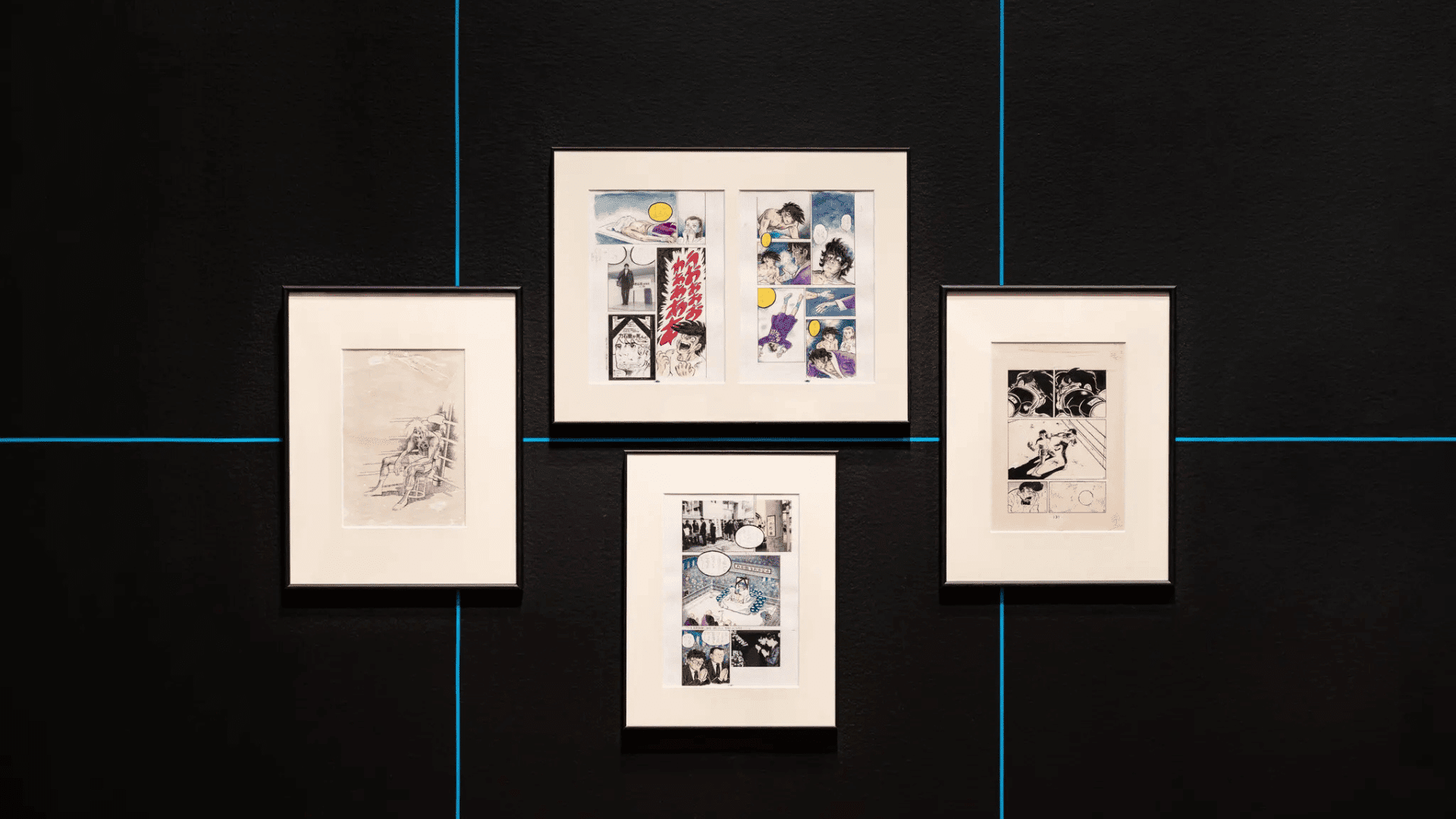San Francisco’s de Young Museum hosted “The Art of Manga,” the first North American museum exhibition dedicated to the artistry and history of manga.
“The Art of Manga”

The term “manga”, translated as “pictures run riot”, first appeared in Japan in the late 18th century, but it has evolved drastically over time. The new exhibition comes at a time when anime, which is often based on popular manga series, has become more mainstream. And, though reading has become less popular during the age of AI, manga popularity has grown in recent years.
The exhibit features a series of artists representing different styles and subject matters, showcasing how manga encompasses a wide range of genres. Some popular titles include stories like “Naruto,” “Bleach,” “One Piece,” and “Demon Slayer.”
The covers of these comics are depicted in vivid color, whereas the inner pages are in black-and-white and read right to left and top to bottom. Some of the stylistic staples of manga are exaggerated expressions, motion lines, pain stars, and phonetic humor in the text.
Manga can be used to tell a range of stories: from an action-adventure to a day-in-the-life. For example, Jiro Taniguichi’s “The Solitary Gourmet,” which appears in the exhibit, follows a traveling salesman as he searches for new restaurants and cuisine, featuring real Japanese foods and locales.
Another popular piece in the exhibit is from Tetsuya Chiba’s work “Ashita no Joe: Fighting for Tomorrow,” a sports manga about a poor orphan named Joe Yabuki who finds meaning through boxing. The work, which features the drawing of a boxer hunched over, eyes closed, and smiling in the corner of a ring, resonated with the working class in postwar Japan.
“This deserves to be in any art museum,” Rousmaniere said to The New York Times regarding the illustrations and paintings of Hirohiko Araki, known for his popular shonen series “JoJo’s Bizarre Adventure.”
Araki’s manga, which is heavily inspired by the sculptures of Michelangelo, features a geometric style. His characters’ faces and bodies resemble the chiseled detail work and silhouettes of Italian sculptures. In addition to the characters’ still poses, the way Araki moves them through space and moves the space around them makes his work unique.
“Dali would be very happy to see these,” Rousmaniere said. “It’s playing with space, perception, movement.”







